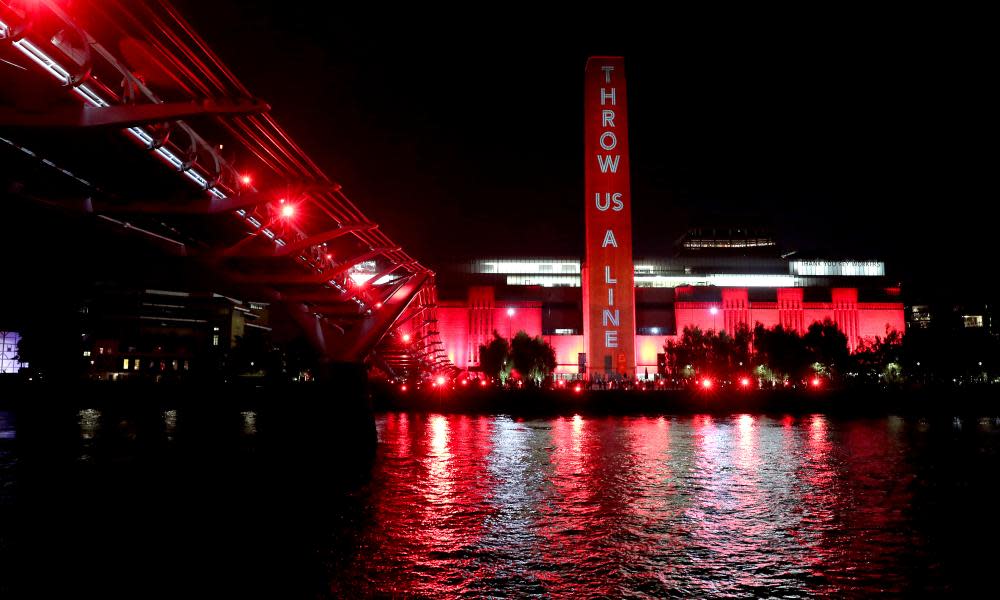The Guardian view on access to art: drifting away

The grim news in the arts continues apace. Tate wrote to staff this week confirming that 313 employees will be made redundant. These workers are from the commercial branch of the operation, a company that began modestly in the 1990s as the Tate Gallery’s restaurant. Now it is Tate Enterprises, which runs the organisation’s shops, cafes, bars, publishing house and magazine, and rents out the museums for film shoots. It is a shift that neatly encapsulates the transition towards supposed sleek self-sufficiency that has been politically required of many arts institutions over the past decade. But what once looked like shrewd business practice – “extending the value of the Tate brand” – now seems an encumbrance. Tate has poured £5m into its commercial arm to prop it up, but that is money travelling in the wrong direction. It is warned that those who will pay with their livelihoods for the commercialisation of Tate are likely to be some of the museums’ poorest paid, often from black and minority ethnic backgrounds.
The galleries themselves – from St Ives to Liverpool – are open to visitors, but only in heavily reduced numbers, to those who have booked their socially distanced slots in advance. This reduction following months of closure is what lies behind many of the job losses. Fewer people in the galleries means less money spent at cafes and shops, which means less income. But the drop in visitor numbers is problematic for other reasons, too. It is wonderful for audiences to be able to return to museums – the National Galleries of Scotland begin to reopen from Monday, while the National Museum in Cardiff and London’s British Museum will reopen in time for the English and Welsh bank holiday weekend. But the danger is that visiting them will become an elite experience available only to the few.
National museums are free, but cost is not the only barrier to entry: those who are disabled or who have health problems are placed at a huge disadvantage. The ability of people to travel to see and to make art has also been limited. This is not a trivial matter: the great enabler of municipal culture in the 19th century, after all, was the building of the railways, a shift that accelerated the diffusion of art beyond the rarefied homes of the rich into town-centre concert halls, museums and theatres. Will schoolchildren in their bubbles be exposed to cultural experiences in the same way as their elders were? Orchestras, school plays, choirs, school trips to museums: all are imperilled.
Art continues to be made; it will not be stopped by a pandemic. The question is, who will get to see it? Who, indeed, will find themselves in a position to unlock their own potential for creativity? Will opportunities retreat once more into the homes of the rich? Digital technologies used imaginatively may provide some of the answers – perhaps they will prove the equivalent of those 19th-century rail tracks.
There are many in the art world already working hard in communities, providing radical, grassroots local answers to the questions posed. But the government seems to be blithely uninterested in considering these problems, and there is a point where wilful neglect becomes an ideological position. The current picture for the arts in the UK looks especially precarious for art workers and audiences at the margins. And yet these are precisely the people whose voices need to be heard – in the fields of both art and politics.

